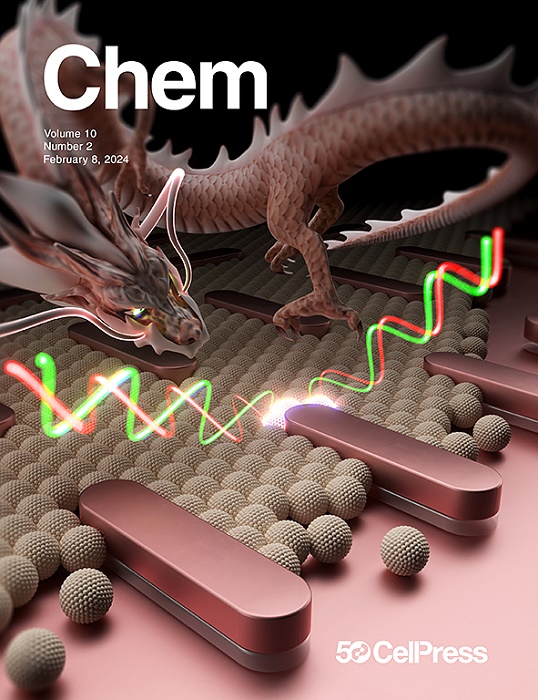Advancements in cost-effective direct air capture technology
IF 19.6
1区 化学
Q1 CHEMISTRY, MULTIDISCIPLINARY
引用次数: 0
Abstract
Advancements in cost-effective direct air capture (DAC) technology have become critical in addressing climate change, with a particular emphasis on energy and cost reductions. Recent innovations have significantly decreased the energy requirements of DAC systems. In collaboration with experts from industry leaders such as Climeworks, Carbon Capture, Mission Zero, and Heirloom, the latest developments highlight DAC technology’s potential to become a viable and sustainable solution for large-scale CO₂ removal. These advancements include reductions in energy consumption to as low as 1,055 kWh per ton of CO₂ through electrochemical methods and strategic integration of renewable energy sources like geothermal power. Additionally, economies of scale achieved through bulk purchasing and streamlined manufacturing processes have lowered DAC modules’ per-unit cost. Financial incentives and supportive policies, such as the 45Q tax credit in the United States, enhance the economic feasibility of these technologies. These innovations underscore the substantial contributions of DAC technology to global climate change mitigation efforts, making it a promising solution for achieving significant reductions in atmospheric CO₂ levels.
具有成本效益的直接空气捕获技术的进步
具有成本效益的直接空气捕集(DAC)技术的进步已成为应对气候变化的关键,其中特别强调能源和成本的降低。最近的创新大大降低了 DAC 系统的能源需求。通过与来自 Climeworks、Carbon Capture、Mission Zero 和 Heirloom 等行业领导者的专家合作,最新进展凸显了 DAC 技术成为大规模二氧化碳去除的可行且可持续的解决方案的潜力。这些进步包括通过电化学方法和地热能等可再生能源的战略整合,将能耗降低到每吨二氧化碳 1,055 千瓦时。此外,通过批量采购和简化制造流程实现的规模经济降低了 DAC 模块的单位成本。财政激励和支持政策(如美国的 45Q 税收抵免)提高了这些技术的经济可行性。这些创新凸显了 DAC 技术对全球气候变化减缓工作的巨大贡献,使其成为实现大幅降低大气中 CO₂ 水平的一个前景广阔的解决方案。
本文章由计算机程序翻译,如有差异,请以英文原文为准。
求助全文
约1分钟内获得全文
求助全文
来源期刊

Chem
Environmental Science-Environmental Chemistry
CiteScore
32.40
自引率
1.30%
发文量
281
期刊介绍:
Chem, affiliated with Cell as its sister journal, serves as a platform for groundbreaking research and illustrates how fundamental inquiries in chemistry and its related fields can contribute to addressing future global challenges. It was established in 2016, and is currently edited by Robert Eagling.
 求助内容:
求助内容: 应助结果提醒方式:
应助结果提醒方式:


